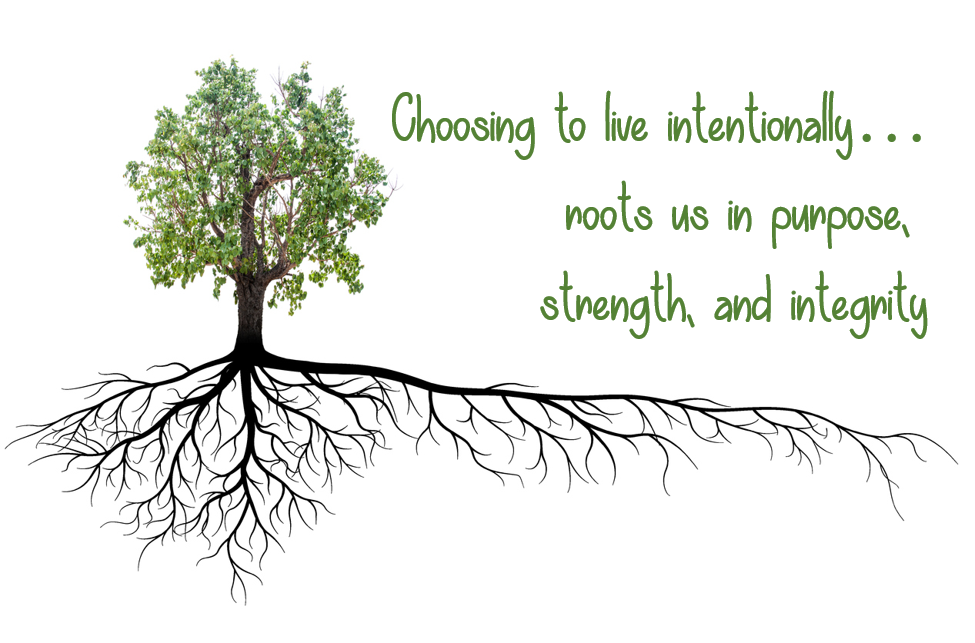I received an email recently from a woman who had gotten feedback at work that she often comes across as abrasive and people sometimes feel like her tone is demeaning. She reached out to me as a result of listening one of my interviews on Plaid For Women Radio. Her email said in part, “I can admit that I am direct and to the point. I keep making adjustments to my communication style, but I am not having much success. And if I am honest, I am exhausted from trying to change. Do you have any suggestions on what I could do differently?”
There was one thing in her email that jumped out at me – demanded my attention. That was the statement, “I am exhausted from trying to change.” I suspect that she is not alone. Yet the goal of adapting our communication style is to develop more effective relationships, to have more influence and to make life easier – not harder.
If I had been coaching this lady, the first question I would have asked her is, “What is your desired outcome? What do you want to be different”? (Notice I asked what she wants to be different – not what others want her to do differently.) This is a critical point. If we are going to successfully implement change – especially behavioral change – we have to be clear on what it is we want to be different.
As an example of what I mean by desired outcome, in this case, it might be to have better working relationships with peers or to be able to work with team members to hit assigned targets. These are just examples.
Once she was very clear on her desired outcome, I would ask her to list (in writing) the benefits to her of achieving that desired outcome and the consequences to her of not achieving it. Adapting your style and making a behavior change takes commitment and the only way you will stick with it over time is if you are clear on the benefits to you of doing so and the consequences of not doing so.
The next step would be to identify three to five people and ask them three questions: “To be most effective, what specifically do I need to:
- Keep doing;
- Do less of;
- Do more of?”
It is important to clarify the responses until a specific behavior has been identified. “Not nice enough” is too general to be helpful feedback as are “abrasive” and “demeaning tone”. They also focus on what not to do rather than on what to do. Successfully making a behavior change requires a focus on what to do.
An example of a specific behavior to do is “letting people finish their thoughts without interrupting”. Or “taking time to ask if someone has a minute before requesting a status update.”
The final step would be to ask for the support of these individuals in making the change. Tell them that you want to know when you are off track and more importantly you need them to let you know when you are making improvements and exhibiting the desired behaviors.
Here is perhaps the most important point. It’s not about changing who you are. If you are direct and tend to speak up the goal is not to become a wall flower. The goal is to focus on the strengths of your style while neutralizing those aspects of your approach that may be getting in your way. It is possible to be direct without being abrasive. Or at the other end of the perspective it is possible to be collaborative and state your opinion.
Trying to be someone you are not is exhausting. It’s not sustainable or desirable. Adapting your style is about acquiring the flexibility to choose how to act or react in a given situation – much like you choose your clothes based on the occasion. My guess is you are going to dress differently when you go to church than when you go to the beach but that doesn’t change who you are.













Nice article, Julie! Very relevant and much needed. Change can be so daunting but your suggestions make it doable!
Very good experience you share with us and I think it really so more effective in the workind field to change the tune. I know it give us extra ficilities to control the workers so more.